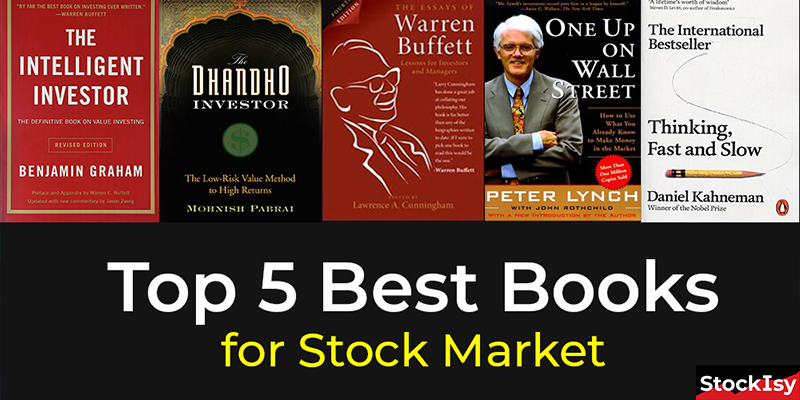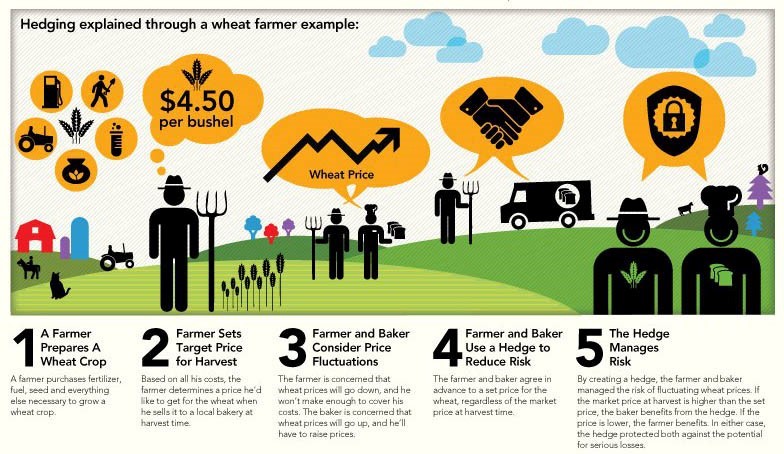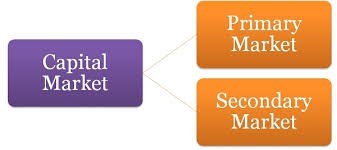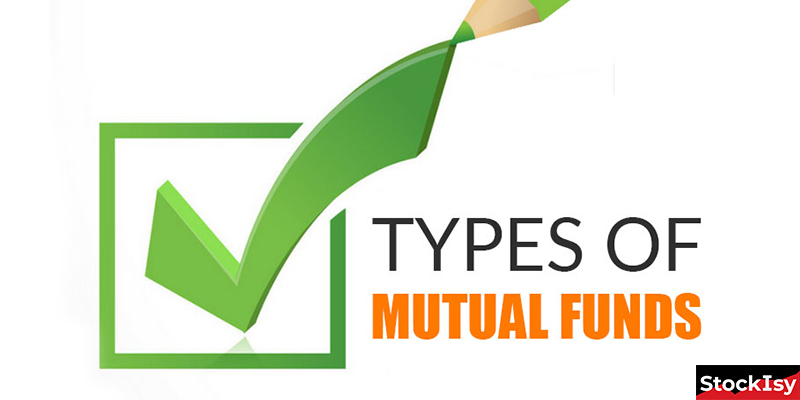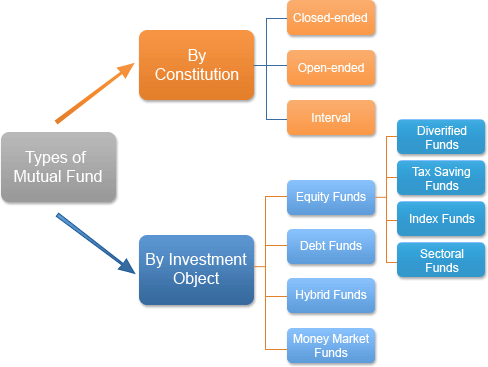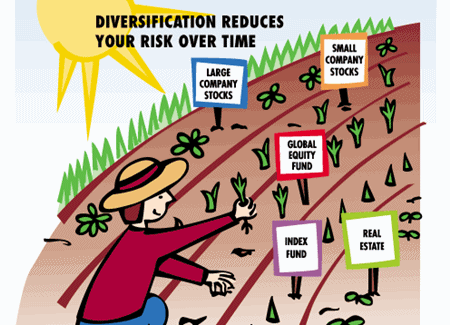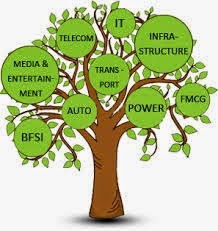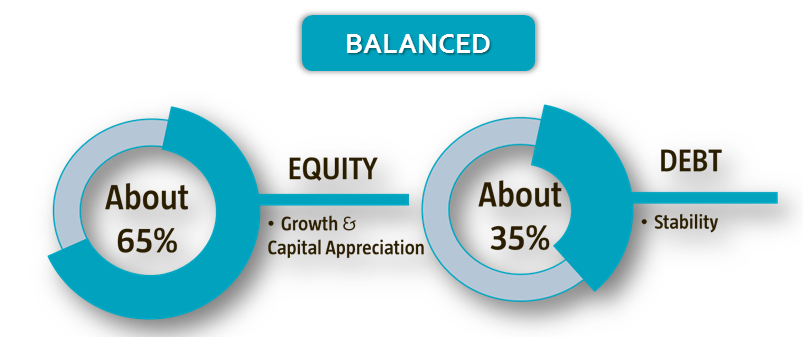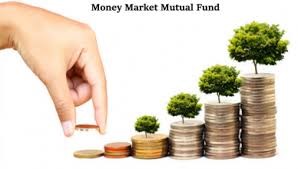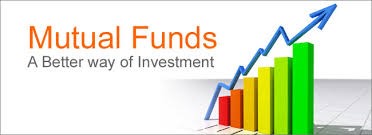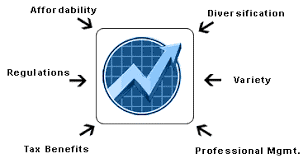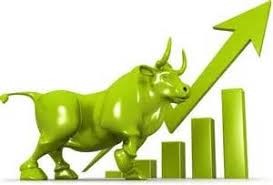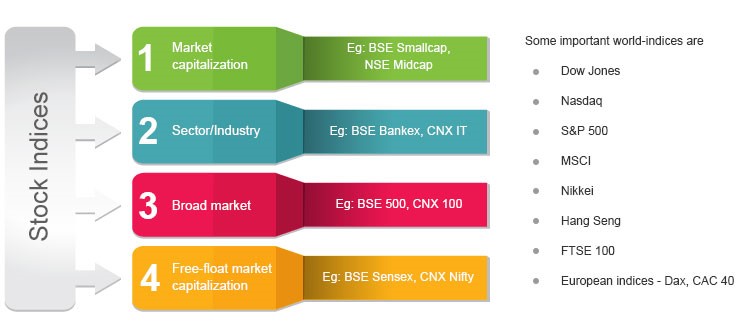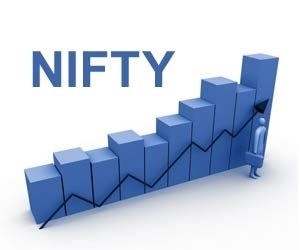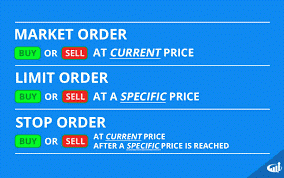Importance of Reading Best Books on Stock Market:
Do you have interest in stock market? Are you the one who is always ken to know the market movements? If yes, we have got the list of best stock market books for you. These books will help you enhance your wisdom on investments and savings. It will also enhance your knowledge on investing in the stock market. According to a survey you will be surprised to know that there are more than 85,000 books on stock market. We have tried our best to find out the better one for you among all. It is said that one should start investing early, but while it is important to invest early, it is also important to invest wisely. It is really very important to understand the basics of stock market before investing in it otherwise it can take you to big loss. This book will give you good investing skills and can save you to face big loss.
1. The Intelligent Investor by Benjamin Graham

Amazon Buy Link: https://amzn.to/2mW3RQI
The Intelligent Investor is based on value investing, an investment approach Graham began teaching at Columbia Business School in 1928.The Intelligent Investor also marks a significant deviation to stock selection from Graham’s earlier works, such as Security Analysis.
Since this book was published in 1949 Graham revised it several times, most recently in 1971–72. This was published in 1973 as the “Fourth Revised Edition”, and it included a preface and appendices by Warren Buffett.
Graham died in 1976. Commentaries and new footnotes were added to the fourth edition by Jason Zweig, and this new revision was published in 2003.
* The Intelligent Investor (Re-issue of the 1949 edition) by Benjamin Graham. Collins, 2005, 269 pages.
* The Intelligent Investor (Revised 1973 edition) by Benjamin Graham and Jason Zweig. Harper Business Essentials, 2003, 640 pages.
It is a widely acclaimed book by Benjamin Graham on value investing. The basic aims of this book is to prevent potential investors from substantial errors and also teaches them strategies to achieve long-term investment goals. In the book, Graham has explained various principles and strategies for investing safely and successfully without taking bigger risks. Modern-day investors still continue to use his proven and well-executed techniques for value investment. The current edition highlights some of the important concepts that are useful for latest financial orders and plans. Keeping Graham’s unique text in original form, the book focuses on major principles that can be applied in day-to-day life. All the concepts and principles are explained with the help of examples for better clarity and understanding of the financial world.
Over the years, market developments have proven the wisdom of Graham’s strategies. While preserving the integrity of Graham’s original text, this revised edition includes updated commentary by noted financial journalist Jason Zweig, whose perspective incorporates the realities of today’s market, draws parallels between Graham’s examples and today’s financial headlines, and gives readers a more thorough understanding of how to apply Graham’s principles.
The Intelligent Investor is the most important book you will ever read on how to reach your financial goals.
2. The Dhandho Investor by Mohnish Pabrai

Amazon Buy Link: https://amzn.to/2OuWImW
In a straightforward and accessible manner, The Dhandho Investor lays out the powerful framework of value investing. Written with the intelligent individual investor in mind, this comprehensive guide distills the Dhandho capital allocation framework of the business savvy Patels from India and presents how they can be applied successfully to the stock market. The Dhandho method expands on the groundbreaking principles of value investing expounded by Benjamin Graham, Warren Buffett, and Charlie Munger. Readers will be introduced to important value investing concepts such as “Heads, I win! Tails, I don’t lose that much! ” “Few Bets, Big Bets, Infrequent Bets,” Abhimanyu’s dilemma, and a detailed treatise on using the Kelly Formula to invest in undervalued stocks. Using a light, entertaining style, Pabrai lays out the Dhandho framework in an easy-to-use format. Any investor who adopts the framework is bound to improve on results and soundly beat the markets and most professionals.
3. The Essays of Warren Buffett by Lawrence A. Cunningham & Warren E. Buffett

Amazon Buy Link: https://amzn.to/2mUPzzA
Buffett’s essays include discussions on corporate governance, finance, investing, alternatives to common stock, mergers and acquisitions, accounting and valuation, accounting policy, and tax matters. Buffett outlines his basic business principles, and as the steward of Berkshire Hathaway Inc., informs the shareholders of the company that their mutual interests are aligned. He has a philosophy of bringing in talented managers at portfolio companies and leaving them alone. He advocates purchasing shares of businesses at times when these stocks are trading at a discount from their inherent value, but he opposes following investing trends.
This is one of the most popular books on Warren Buffett classic investing strategy. The book explains his way of investing, his strategies, etc. Moreover, the book is written is simple and easy to understand language. If you want to be successful like Buffett, you must read this book and try follow the same. It will give you all the necessary aspects to achieve similar success. So start apply the Buffett principles to your portfolio.
With the classic Warren Buffett investment strategies, the book found its way in the list of the 5 must read books for the stock market investors.
4. One Up On The Wall Street by Peter Lynch

Amazon Buy Link: https://amzn.to/2Kau1bv
More than one million copies have been sold of this seminal book on investing in which legendary mutual-fund manager Peter Lynch explains the advantages that average investors have over professionals and how they can use these advantages to achieve financial success.
Peter Lynch is one of the most successful fund managers with an average annual return of 30% on his portfolio for a period of 13 years. (A great record for a mutual fund manager).
This wonderful book explains all the important basics that a beginner should know before investing. From preparing to invest, how, when, whys to the long-term investment approach, everything is covered in this book.
This book has a description of the 6 different types of stocks in the market and how to approach them.
5. Thinking, Fast and Slow by Daniel Kahneman

Amazon Buy Link: https://amzn.to/2mTsf5t
According to Daniel Two systems drive the way we think and make choices, System One is fast, intuitive, and emotional; System Two is slower, more deliberative, and more logical. Examining how both systems function within the mind, Kahneman exposes the extraordinary capabilities as well as the biases of fast thinking and the pervasive influence of intuitive impressions on our thoughts and our choices. Engaging the reader in a lively conversation about how we think, he shows where we can trust our intuitions and how we can tap into the benefits of slow thinking, contrasting the two-system view of the mind with the standard model of the rational economic agent.
